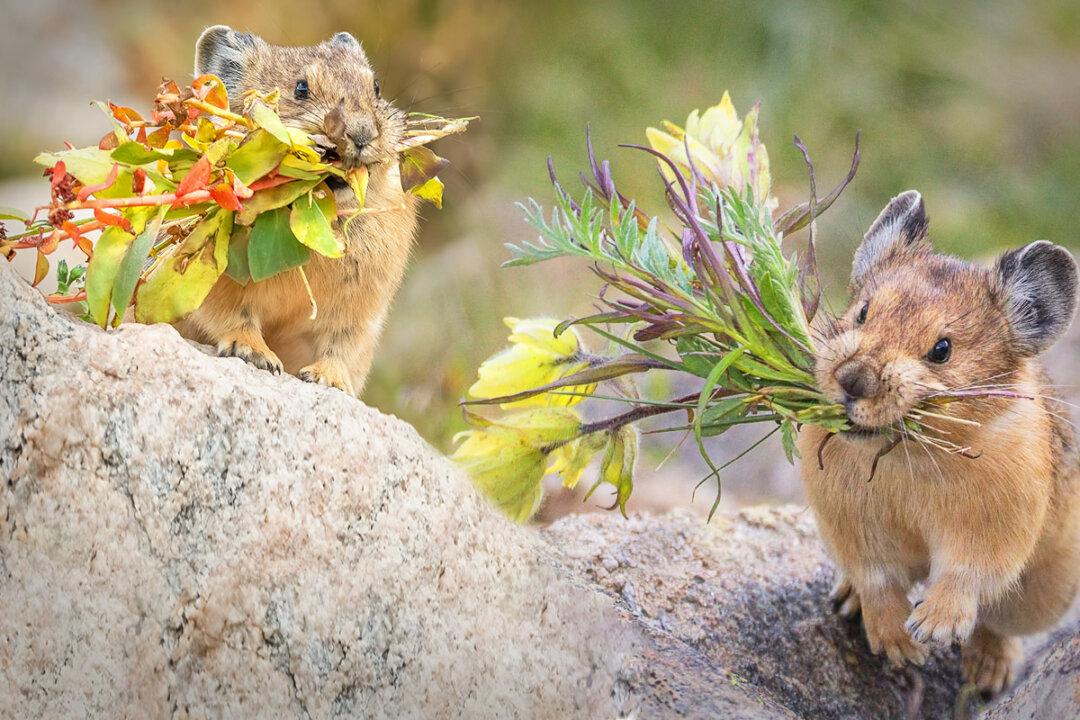It may be adorable and cuddly, but the American pika isn’t just a pretty face. This wild inhabitant of western North America is also a talented florist, collecting the best fresh flowers all summer long.
As the cute mountain-dwelling herbivore gets to work building a store of food to get it through the harsh winter, it can be spotted scurrying back and forth carrying an array of beautiful “bouquets.”




The bountiful harvest is called a haystack; a nutrient-rich mix of grasses, flowers, and herbs that he lays out to dry in the sun. The growing season might be intense, but it is short—only around 10 weeks—meaning the little animal’s pantry must be stored for a whole 10 months. Therefore, drying it out in the sun prevents mold from forming.
Amongst the stunningly colorful wildflower feast are some varieties containing high levels of toxic secondary compounds that would make the pika sick if eaten straight away. Therefore, the wise pika stores these plants with the others so they'll reduce mold throughout the entire haystack. During winter, the toxins decay, leaving the pika free to chomp away without being harmed.
Readily digestible plants are gorged upon straightaway in an enthusiastic attempt to gain weight for the winter.





Life on the rocky slopes and Alpine meadows of the western United States and Canada is tough, and the pika population faces harsh winters and a scarcity of food most of the year. But when summer comes, the sun sparks a magnificent bounty. It’s all systems go for the plucky plant-eater.
Making the never-ending foraging trips entails lots of hard work, and since pikas have been known to steal from each other’s hay piles, territories are defended fiercely.
“The American pika is a very vocal animal!” says the Colorado Pika Project.









